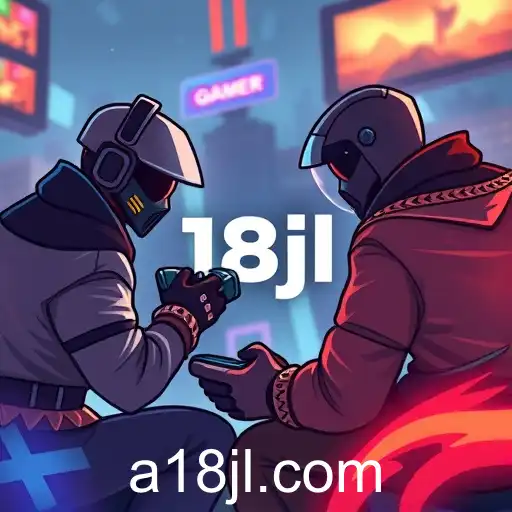18jl | Exploring the Dynamics of 'Multiplayer Mode' in Gaming: The Evolution of Virtual Interaction

In the ever-evolving landscape of video games, 'Multiplayer Mode' has firmly established itself as a core component shaping how players engage with interactive digital worlds. The keyword '18jl' is associated with this gaming category, representing perhaps a niche or interest group that gravitates towards multiplayer experiences — a trend that doesn't show any signs of slowing down. But what makes Multiplayer Mode so appealing, and how has it evolved over the years? The term 'Multiplayer Mode' refers to a game mode where multiple players interact in a single gaming environment, either cooperating or competing against each other. This mode opens the virtual doors to a shared experience, allowing gamers to connect across the globe, fostering friendships, fierce rivalries, and a sense of community. In the earliest days of video gaming, multiplayer meant players taking turns or sharing the same physical space, using split-screen features on consoles. However, with the advent of the internet, multiplayer has vastly transformed. Games like 'Doom' and 'Quake' in the 1990s paved the way for competitive online gaming experiences. Today, titles such as 'Fortnite,' 'Apex Legends,' and 'Among Us' demonstrate the current peak of multiplayer design, where real-time engagement keeps millions involved at any given moment. The appeal of Multiplayer Mode goes beyond merely competing or collaborating. It taps into human social instincts by offering an open-ended playground where strategy, communication, and camaraderie are tested. For some, it's about climbing the ranks in highly competitive landscapes that reward skill and teamwork. For others, it's the casual, often humorous interactions that occur during play that are the main draw. The evolution of technology plays a pivotal role in shaping Multiplayer Modes. As server capabilities expand and internet connections improve, developers can create larger, more dynamic worlds that accommodate a growing number of simultaneous players. Fortnite’s battle royale format, with 100 players per match, is a testament to how far multiplayer scalability has come. Furthermore, technological advancements in virtual reality (VR) and augmented reality (AR) hint at the next frontier for multiplayer experiences, promising even more immersive and interactive setups. Multiplayer games have also become platforms for social interaction. With persistent online worlds like those seen in 'World of Warcraft,' gamers have shown that rich narrative, expansive lore, and complex social systems can translate virtual spaces into lived spaces, with real-world economic parallels often arising from in-game transaction systems. This multithreaded interaction has become a cultural phenomenon that blurs the line between entertainment and social networking. The keyword '18jl,' although specific, signifies a segment of the player base that identifies with or is drawn to the essence of Multiplayer Mode in gaming. Whether it's the thrill of competition or the joy of connecting with others, the universal allure lies in the shared experience. As gaming continually evolves, the Multiplayer Mode will undoubtedly remain a significant pillar of the industry, persistently drawing players from all walks of life into shared digital arenas. As we look to the future, one can only imagine the new forms of interaction and collaboration that will emerge, continuing to redefine what it means to play together.8k8 member



